In the vast realm of culinary delights, where flavors from around the globe intertwine to create dishes that tantalize the taste buds, one might occasionally stumble upon a lesser-known gem—duck foot soup. Though not as ubiquitous as chicken or beef broth, duck foot soup boasts a rich, gelatinous texture and a depth of flavor that is both unique and comforting. This article embarks on a culinary journey, exploring the intricacies of how to craft a deliciously satisfying duck foot soup, ensuring every spoonful is a testament to the art of slow-cooked excellence.
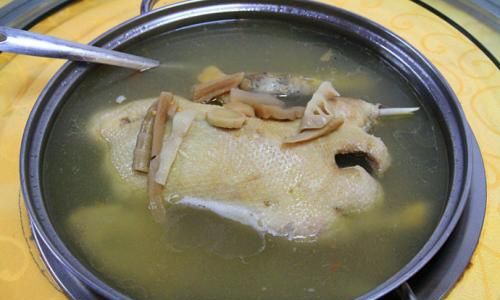
The Essence of Duck Foot Soup
Duck feet, often overlooked in mainstream cuisine, are a treasure trove of collagen and gelatin, which, when simmered for hours, render a broth that is both nourishing and indulgent. The texture of the broth, thick and silky, is a hallmark of well-prepared duck foot soup. Moreover, the bones and cartilage in duck feet contribute minerals and nutrients, making this dish not just a delight for the palate but also a nourishing elixir for the body.
Ingredients: The Foundation of Flavor
Before diving into the cooking process, gathering the right ingredients is crucial. Here’s a comprehensive list to get you started:
- Duck Feet: The star of the show. Fresh or frozen, ensure they are thoroughly cleaned and any excess feathers or skin are removed.
- Ginger: A must-have in Asian cuisines for its aromatic and digestive properties. Slice it thinly to release its flavors more effectively.
- Scallions: Both the white and green parts add a subtle oniony sweetness and a fresh garnish.
- Garlic: Minced or crushed, garlic enhances the savory notes of the soup.
- Whole Black Peppercorns: For a hint of spice without overpowering the broth.
- Chinese Star Anise: Its licorice-like flavor adds complexity to the soup.
- Cinnamon Stick: Another aromatic spice that deepens the broth’s profile.
- Carrots and Celery: For sweetness and a touch of vegetable freshness.
- Dried Mushrooms: Such as shiitake or morel, for an earthy umami flavor.
- Salt and White Pepper: To taste, for seasoning.
- Chicken or Vegetable Stock: Acts as the base for the soup, amplifying the flavors of the duck feet.
- Optional Additions: Rice wine vinegar for a tangy note, tofu for added protein, or Chinese wolfberries for a nutritional boost.
Preparation: The Art of Slow Cooking
-
Cleaning and Preparing the Duck Feet: Begin by rinsing the duck feet under cold running water. Use a pair of scissors or a sharp knife to trim away any remaining feathers, nails, or tough skin. Pat them dry with paper towels to avoid splattering during cooking.
-
Blanching: Place the duck feet in a large pot filled with cold water. Bring to a boil over high heat, then immediately drain and rinse under cold water. This step helps to remove impurities and tightens the skin, resulting in a cleaner broth.
-
Building the Aromatic Base: In a heavy-bottomed pot or Dutch oven, heat a small amount of oil over medium heat. Add the sliced ginger, white parts of the scallions, minced garlic, peppercorns, star anise, and cinnamon stick. Toast until fragrant, about 2-3 minutes. This aromatic base, known as ‘tao xiang’ in Chinese cuisine, is vital for flavoring the broth.
-
Simmering the Soup: Add the blanched duck feet, carrots, celery, and dried mushrooms to the pot. Pour in enough chicken or vegetable stock to fully submerge the ingredients, plus an extra inch or two for evaporation. Bring the mixture to a gentle simmer, then reduce the heat to low. Cover and let it cook slowly for at least 3-4 hours, or preferably overnight, for maximum flavor extraction and gelatin release.

-
Seasoning and Finishing: After the long simmer, the broth should be thick and golden, with the duck feet tender and falling off the bone. Taste and adjust the seasoning with salt and white pepper. If desired, add a splash of rice wine vinegar for a refreshing tang.
-
Garnishing: Ladle the soup into bowls, ensuring each serving includes a few pieces of duck foot and vegetables. Garnish with the green parts of the scallions, chopped fresh cilantro, or a sprinkle of toasted sesame seeds for added color and texture.
Serving Suggestions: Elevating the Dining Experience
Duck foot soup is a versatile dish that pairs beautifully with a variety of sides. Consider serving it with:
- Steamed Rice: The rich, gelatinous broth complements the soft texture of steamed rice.
- Noodles: Slurp on tender noodles soaked in the flavorful broth.
- Pickled Vegetables: Add a crunchy, tangy contrast to the rich soup.
- Dumplings: Homemade or store-bought, dumplings make for a hearty meal.
Conclusion: A Culinary Journey Concluded
Crafting a delicious duck foot soup is a labor of love that rewards patience and attention to detail. From sourcing the freshest ingredients to the slow, meticulous simmering process, each step contributes to the final, exquisite dish. More than just a meal, duck foot soup is a testament to the art of traditional cooking, where simplicity meets complexity, and where time and care transform humble ingredients into something extraordinary.
As you sit down to enjoy your homemade duck foot soup, savor each spoonful, letting its rich, silky texture and harmonious flavors transport you to a world where culinary tradition meets modern appreciation. Whether you’re seeking comfort on a cold winter night or celebrating a special occasion, duck foot soup stands ready to delight and nourish, one delicious spoonful after another.

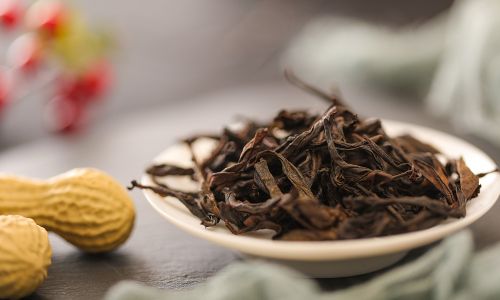
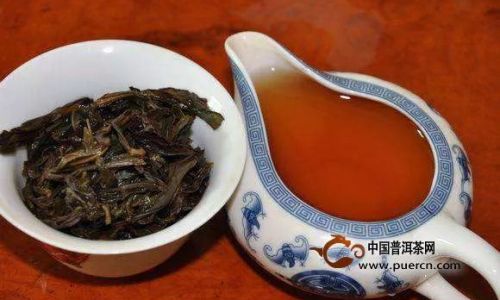
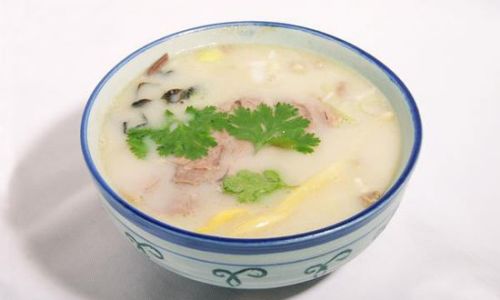
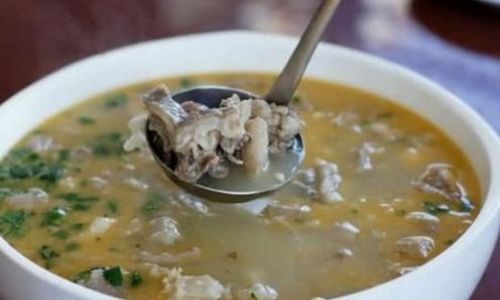
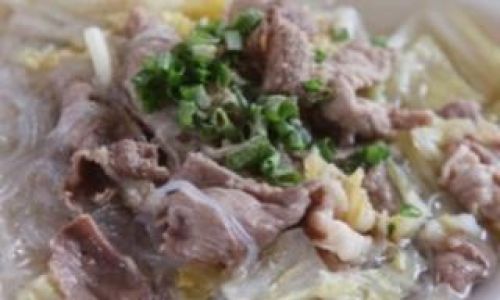
0 comments